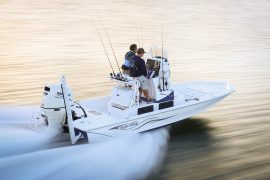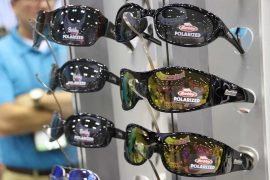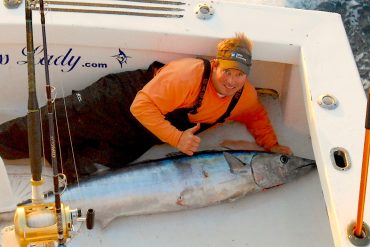Long ago, Roy Weatherby hit on a formula for designing rifle cartridges that was so successful he was able to found a company based on it, and that company has not only survived but still flourishes 70 years later. Weatherby’s formula was a simple one: Use great gouts of gunpowder to drive bullets at unheard-of velocities, hundreds and hundreds of feet per second faster than anything else on the market. Hunters tried his cartridges and learned that with chalk-line-straight trajectory, they could accomplish amazing things. Shots that were once beyond their ability now were gimmes.
Weatherby did this with just about every common bullet diameter from .224 to .458, with one omission—the 6.5mm, or .264. The interest wasn’t there. Proof lay in the sad example of Winchester, which came out in 1959 with the .264 Winchester Magnum; despite very good performance for the time, it got only a lukewarm reception.
But things changed.
For almost the entirety of the 20th century, the practical limit of a game rifle was 300 yards. This was the maximum range at which a skilled shooter with sporting (non-target) equipment could reliably hit a critter the size of a deer. A really good shot could go beyond that, but not as a regular thing.
But as the hideous 20th century gave way to the even more disgusting 21st, there were great sea changes.
- A fresh generation of super-slow-burning powders enabled large-capacity cases to turn out far more feet per second.
- Rifle accuracy increased by 100 percent, or 150 percent, or 200 percent, depending on how you measure it.
- Small, highly accurate, very powerful, affordable laser rangefinders became common.
- Hunting-bullet development took a mega leap forward, producing a new generation of slugs that are tough, highly aerodynamic, and extremely accurate.
- Interest in the 6.5mm bullet surged, led by competition shooters who loved the lack of recoil and the sensational streamlining that you get with bullets of this diameter.
- Hunting scopes crossbred with target scopes, and now are made with more magnification, range-compensating reticles, accurate adjustments (some of them, anyway), parallax focusing, and optics so wonderful they are practically incandescent.
- Interest in long-range shooting spread beyond the military and target fraternities to big-game hunters, where its popularity still grows.
So, with all of this going on, it was time for Weatherby to plug the one hole in its lineup and come out with a 6.5mm cartridge. Officially, it’s called the 6.5/300 because its parent case is the .300 Weatherby Magnum necked down. In designing the new round, Weatherby did something very smart. Whereas Winchester created a cartridge only marginally faster than the competition with the .264, Weatherby stuck with the huge .300 case and came up with something that has nothing marginal about it—a 6.5 round capable of muzzle velocities north of 3500 fps.
And it’s loaded with three of the very best hunting bullets available: the Barnes 127-grain LRX (3531 fps); the Swift 130-grain Scirocco (3476); and the Swift 140-grain…





